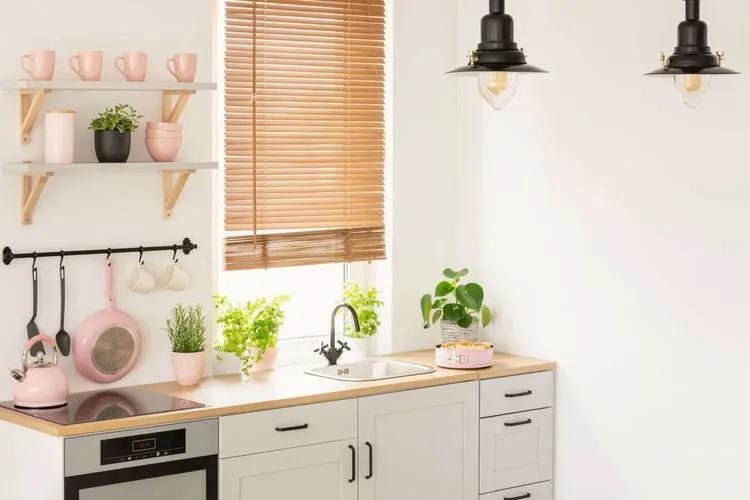 Why not put a green friend in the kitchen to enjoy it while cooking? If you think that houseplants are too delicate to withstand the busy cooking conditions, don’t worry - there are numerous unpretentious plant species that will fit in this room perfectly. A splash of greenery will add a stylish vibe to any kitchen. Read below how to decorate it properly.
Why not put a green friend in the kitchen to enjoy it while cooking? If you think that houseplants are too delicate to withstand the busy cooking conditions, don’t worry - there are numerous unpretentious plant species that will fit in this room perfectly. A splash of greenery will add a stylish vibe to any kitchen. Read below how to decorate it properly.
How to choose a plant for kitchen
Whether your kitchen is big or small, bright or dark, you can find the perfect plant for it. Take notes on several basic rules:
- The plant should be easy to care;
- It should be resistant to humidity;
- Do not choose too tall or wide plants;
- Tropical and semi-tropical plants are perfect choice;
- Herbs are particularly good (as you can use them for cooking immediately).
TOP-5 perfect kitchen plants
Remember that as you want to feel comfortable with houseplants in the kitchen, they would like to feel comfortable there too. Choose plants that don’t mind high temperatures, little space or grease.
Peppermint
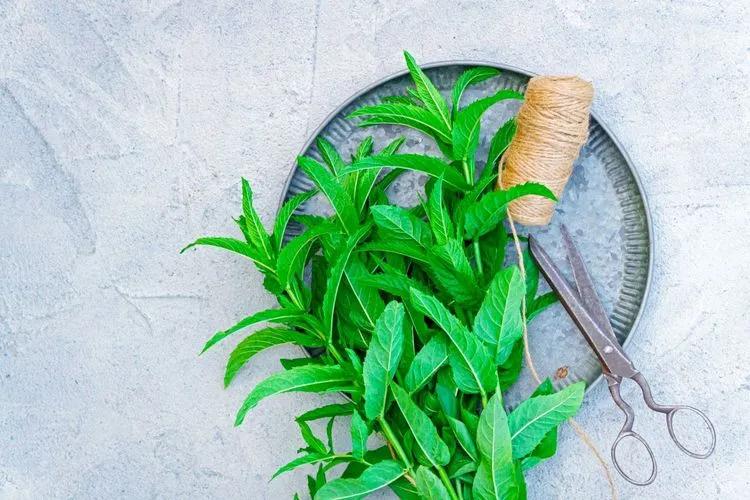 Peppermint, an aromatic herb, has become ‘the queen of kitchens’ for being very beneficial for health. Serve it as a condiment in your recipes, make infusions or give a fresh touch to different desserts.
Peppermint, an aromatic herb, has become ‘the queen of kitchens’ for being very beneficial for health. Serve it as a condiment in your recipes, make infusions or give a fresh touch to different desserts.
Potted mint herb care tips:
- Choose a wide pot (about 20 cm (7.87 Inch) deep, to grow the mint well;
- Use a good organic fertilizer;
- Keep it at a temperature between 15ºC (59°F) and 20ºC (68°F) during the first stage of its development;
- Peppermint should receive sun rays in the morning and shade in the afternoon. At least 6 hours of sun in a day would be perfect;
- It grows best in a humid soil.
Indoor fern
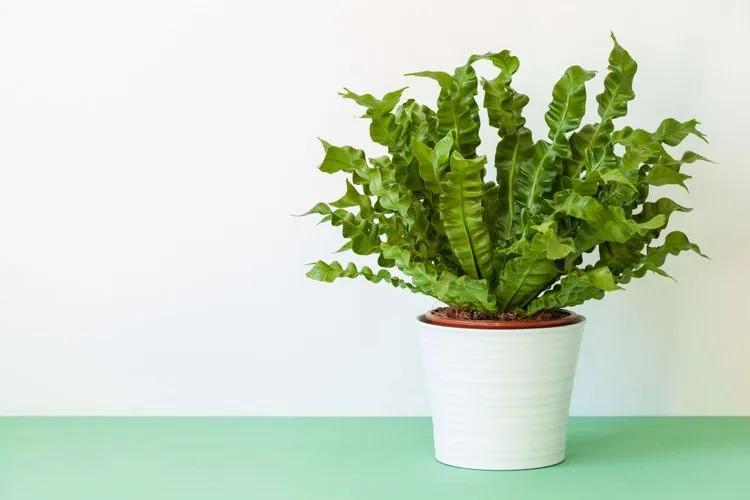 The indoor fern (Asplenium nidus) originally comes from the tropical regions of Africa, Asia and Australia. Although the fern does not have any flowers, it will impress you with its unusual leaf shape and lush green. It can reach a height of up to 1 meter, but grows wider with increasing size.
The indoor fern (Asplenium nidus) originally comes from the tropical regions of Africa, Asia and Australia. Although the fern does not have any flowers, it will impress you with its unusual leaf shape and lush green. It can reach a height of up to 1 meter, but grows wider with increasing size.
Indoor fern care tips:
- The fern feels most comfortable in a semi-shady environment with high humidity;
- Strong drafts or too much sun should be avoided;
- Indirect light is ideal for caring for your ferns;
- Try to maintain room temperature of not lower than 15ºC (59°F).
Tillandsia
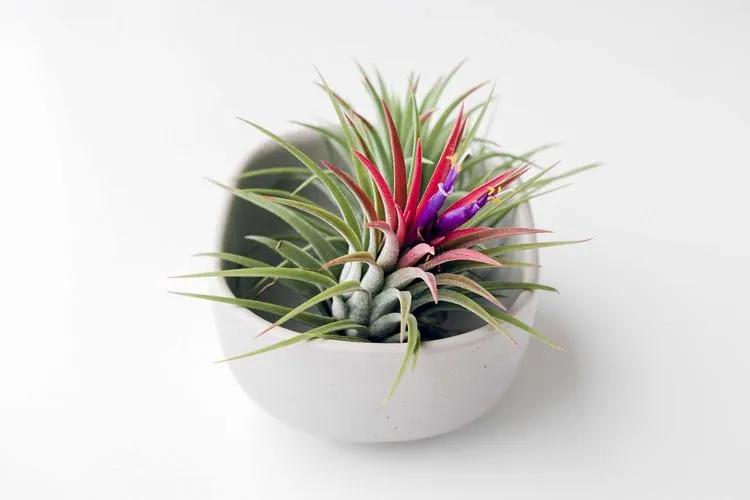 This flower originally comes from South America and grows mostly in high steppes - this indicates the adaptability of this herb. The only thing to note about this herb is that it needs a lot of light to thrive. It should be placed in bright rooms only.
This flower originally comes from South America and grows mostly in high steppes - this indicates the adaptability of this herb. The only thing to note about this herb is that it needs a lot of light to thrive. It should be placed in bright rooms only.
Tillandsia care tips:
- The plant needs high humidity, since it absorbs water with leaves pores;
- Spray it with water once a day or every two days (or put Tillandsia in glass with stones moistened with water);
- Place the plant in a bright room with indirect light.
Peperomia
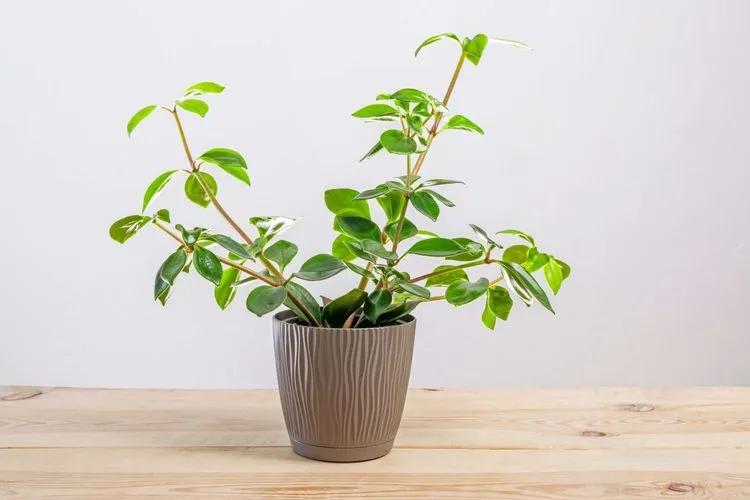 It originally comes from tropical and subtropical regions of Central and South America. The unusual shape of the leaves will delight you either in the kitchen or any other room.
It originally comes from tropical and subtropical regions of Central and South America. The unusual shape of the leaves will delight you either in the kitchen or any other room.
Peperomia care tips:
- It prefers a bright location, but does not need direct sunlight;
- Protect Peperomia from cold and drafts;
- The soil must be rich and fertile and have good drainage (its roots do not tolerate excess moisture);
- The temperature should never drop below 13ºC (55.4°F), the optimum range is between 24ºC (75.2°F) and 16ºC (60.8°F).
Cacti and succulents
 These die-hard plants can indeed withstand storms and tempests. They fit perfectly in kitchens for hardly needing water. Even if you forget about your succulents for a few days, they stay alive on their own.
These die-hard plants can indeed withstand storms and tempests. They fit perfectly in kitchens for hardly needing water. Even if you forget about your succulents for a few days, they stay alive on their own.
Succulents and cacti care tips:
- Provide them with a space that has good light or even direct sun;
- The ideal soil is a combination of organic materials (planting soil, sand, and gravel);
- Leave enough space between your succulents.
